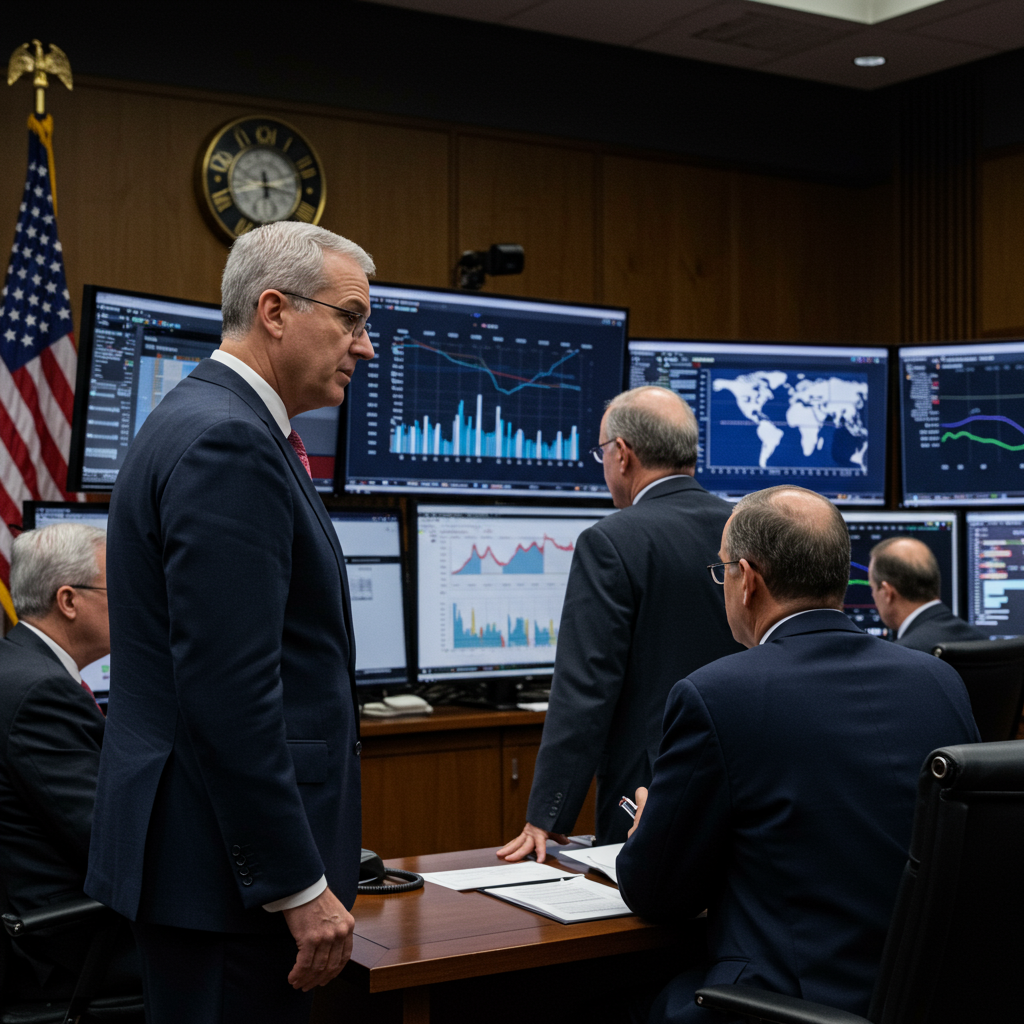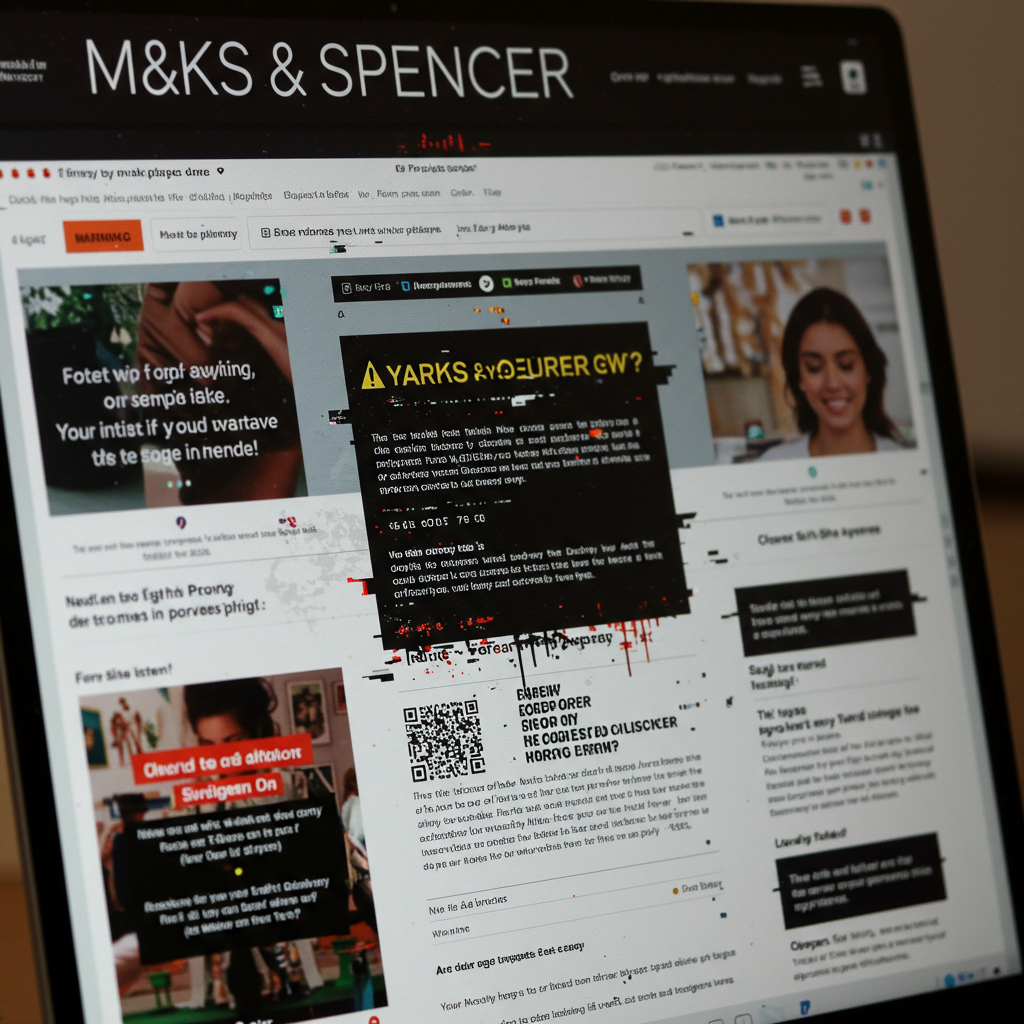Federal Reserve Pauses Amidst Storm of Global and Domestic Uncertainties
WASHINGTON D.C. – The Federal Reserve is widely expected to keep its benchmark interest rate unchanged following its meeting on Wednesday, holding the rate steady in the 4.25%-4.50% range. This anticipated pause comes as policymakers navigate a complex and increasingly cloudy economic landscape, grappling with conflicting U.S. economic signals, rising geopolitical tensions, and potential inflationary pressures from new trade policies.
Policymakers are assessing signs that the U.S. economy may be cooling, though the picture remains inconsistent. While recent jobless claims saw a dip, suggesting firms are still reluctant to lay off workers, overall month-to-month employment growth has slowed. The housing sector appears particularly sluggish, with housing starts falling nearly 10% in May to levels not seen since the early days of the COVID-19 pandemic in 2020. Building permits also declined by 2.0%, signaling potential future weakness in housing supply.
Adding layers of uncertainty are risks emanating from abroad and changes to domestic policy.
Geopolitical Risks and Tariff Concerns
An escalating crisis in the Middle East, marked by ongoing missile exchanges between Israel and Iran, presents a significant geopolitical risk. While oil prices have risen only about 10% so far to around $77 a barrel – well below the peaks seen after Russia’s 2022 invasion of Ukraine – analysts warn of the potential for sharp increases. Some forecasts suggest prices could top $100 a barrel in “extreme tail scenarios” if regional oil production or shipping faces extended disruptions. This potential for volatility echoes the inflationary oil shocks of the 1970s and complicates the Fed’s outlook, even with the U.S. now being a net oil exporter.
Domestically, changes initiated since President Donald Trump returned to power in January are also on the Fed’s radar. The overhaul of U.S. trade policy, particularly the announcement of sharply higher import tariffs, is viewed by central bank officials as a probable source of future inflation, even if many of the planned levies have been temporarily delayed.
Political Pressure and a “Wait and See” Stance
The Fed’s decision-making occurs against a backdrop of significant political pressure. President Trump has been vocal in his demand for deeper reductions in borrowing costs, stating he believes the benchmark rate should ideally be lowered by a further two percentage points from its current level to stimulate the economy. He has also openly criticized Fed Chair Jerome Powell.
This political element, combined with the ambiguous economic data and external risks, appears to be anchoring the central bank’s position. As one economist noted, the Fed’s approach seems “paralyzed by Trump’s uncertainty.” Central bankers, being inherently conservative, are inclined towards a “wait and see” bias given the risks to both their inflation and employment mandates.
Economic Forecasts Paint a Stagflationary Picture
Economic forecasts reflect this challenging outlook. A recent survey by the National Association for Business Economics (NABE) presented a “stagflationary picture,” suggesting a combination of slowing growth and persistent inflation.
Economists lowered their forecast for 2025 U.S. GDP growth to 1.3%, down from 1.9% projected just two months prior.
They raised their projection for year-end inflation to 3.1%, a full percentage point higher than their April reading and well above the Fed’s 2% target.
- The survey also predicted the unemployment rate, which stood at 4.2% in May, would end this year at 4.3% before gradually rising to 4.7% in early 2026.
- finance.yahoo.com
- gazette.com
Given this environment, investors currently anticipate the Fed will remain anchored at its current rate level for perhaps several months, with market pricing suggesting no further rate cuts until September. This contrasts somewhat with the Fed’s own projections from March, which had indicated policymakers expected two quarter-percentage-point rate cuts by the end of 2025.
The policy statement and policymakers’ updated economic and interest rate projections, due to be released later today, will provide further insight into the central bank’s current thinking and how they foresee the economy evolving amidst these converging uncertainties.



